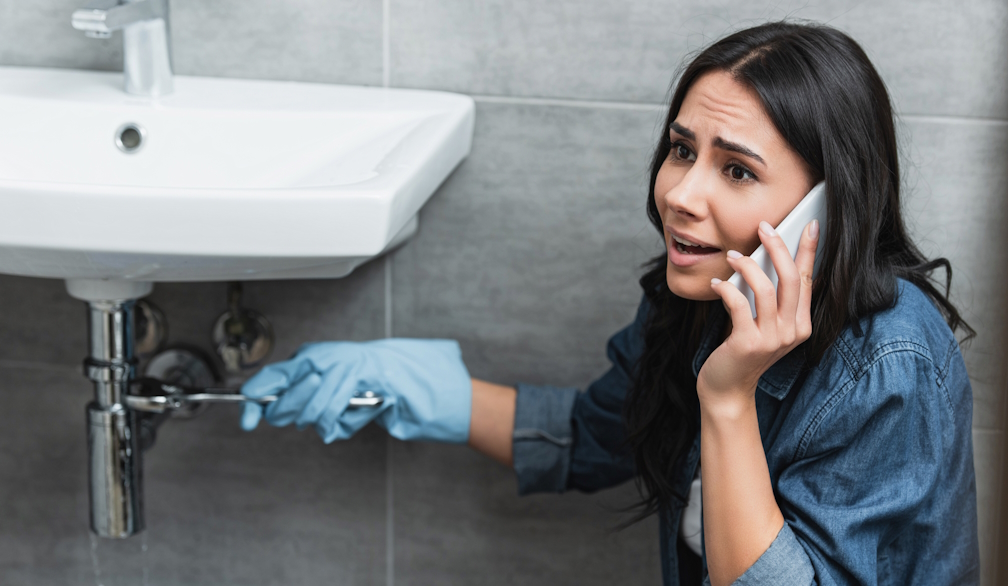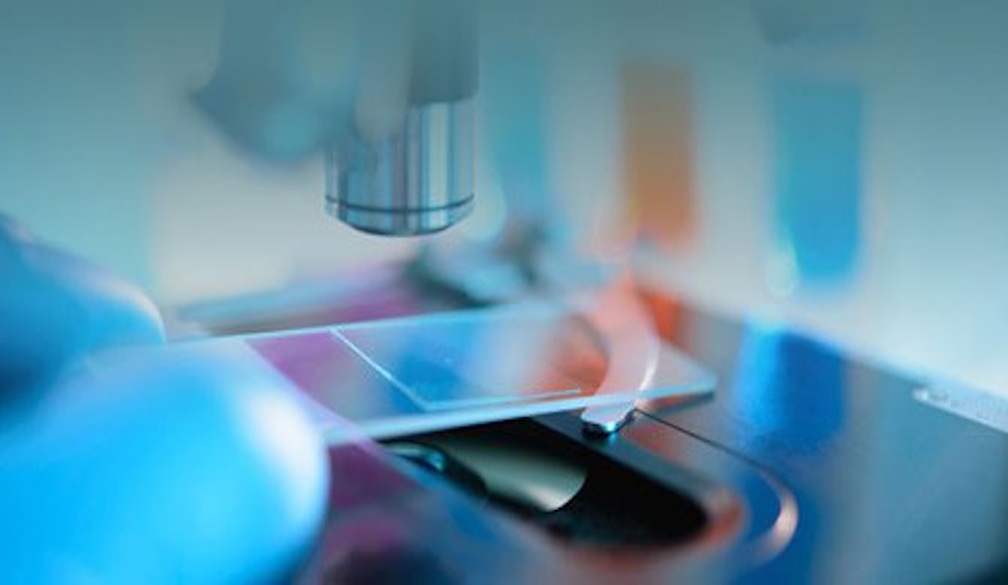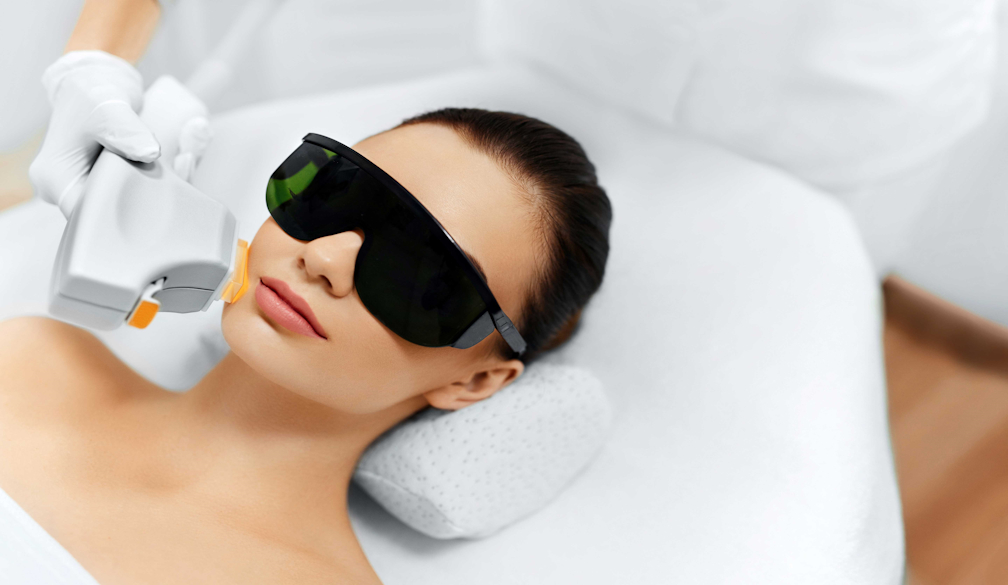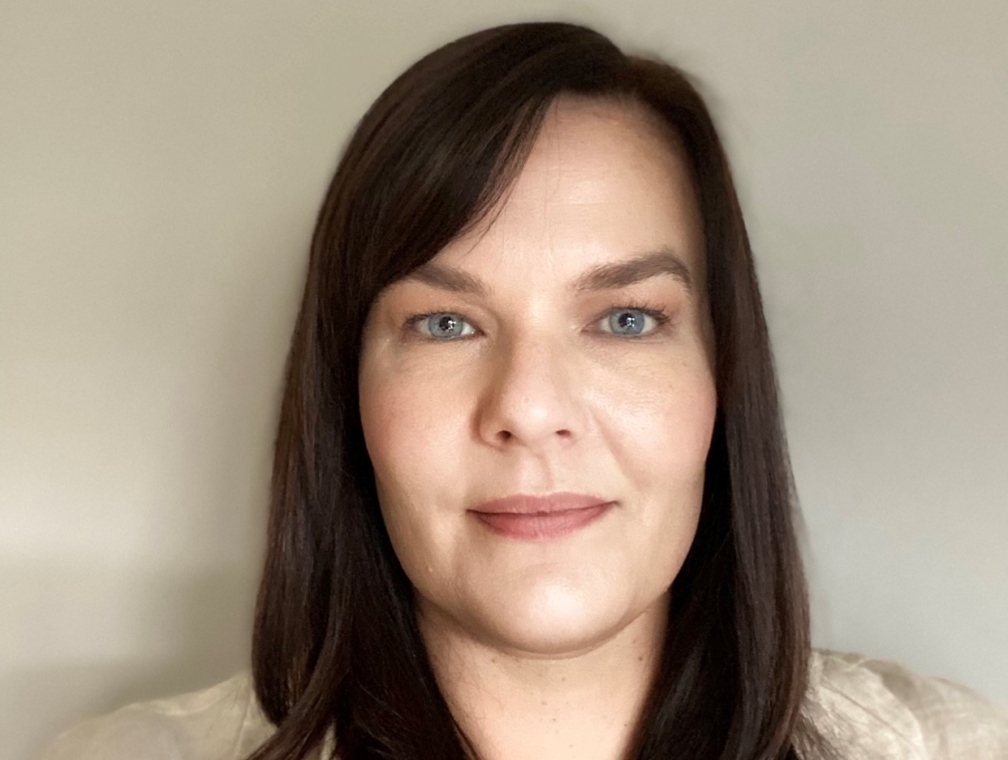Breast cancer facts you need to know

Breast cancer is one of the most common cancers in Australia, with one in eight women diagnosed during their lifetime. As well, 212 Australian males are expected to be diagnosed with breast cancer in 2022, as well as transgender and gender-diverse people.
Breast cancer starts when cells in the breast begin to grow abnormally and in an uncontrolled way to form a tumour. Breast Cancer Awareness Month (October) is an opportunity to build awareness about the realities of breast cancer including its risk factors, common warning signs, and the importance of early detection.
Dr Priya Chagan, General Manager of Health Services at leading Australian life insurer, TAL, shares three facts about breast cancer that you need to know to help enhance understanding around this all-too-common disease.
- There are ways to lower your risk
It is not possible to remove all risks associated with developing breast cancer, as some factors like family history cannot be changed, but there are multiple precautions you can take to lower some of the risks.
An unhealthy weight can increase your risk of breast cancer, so maintaining a balanced lifestyle is a key place to start. One of the best ways to do this is to remain active, from taking up a new sport to a daily walk. Eating well is also a big part of the equation, so try to avoid processed and fast foods and focus on maintaining a healthy and nutritious diet.
Alcohol is another risk factor. Even in small amounts, it can increase your probability of a breast cancer diagnosis. Studies have shown that women who have three alcoholic drinks a week are at a 15% higher risk of breast cancer than those who do not drink, so limiting your intake is a good measure to take.
- Warning signs are not always the same
It’s a common misconception that the first sign of breast cancer is a lump. Breast cancer, in its early stages, can appear on a mammogram screening before a physical lump or an area of thickened tissue can be noticed or felt via human touch, which is why periodic screening tests are important in early detection.
There are a few other lesser known yet common red flags that are worth looking out for when examining your own body. Skin changes, such as redness, rashes, dimpling, irritations around the nipple, or a thickening of the skin can be early signs. Changes to the nipple, such as inversion as well as a discharge that occurs without squeezing are other warning signs, as well as any general changes to the size, appearance or shape to your nipples and breasts.
While not all breast changes will equate to a breast cancer diagnosis, visiting your doctor as soon as you notice any abnormalities or have any concerns about your breast cancer risk is the best way to ensure any changes are investigated early.
3. Early diagnoses equals improved prognosis
An early diagnosis will give a better prognosis. People with early-stage breast cancer often manage their condition successfully with treatment. In fact, many people who’ve received a breast cancer diagnosis go on to live long lives.
It’s important to be familiar with the way your breasts look and feel so you are alert to any changes to follow up with your doctor. The Sydney Breast Cancer Foundation has a simple 3-Step Breast Check guide that’s easy to follow.
The Australian national screening program, BreastScreen Australia, offers free mammograms every two years for women aged 50-74 years, and for women over 40 years, should they request one. Regular mammograms offer the best chance of an early detection.
Better understanding the risk factors, the precautions we can take, and the signs we should look out for can help save lives. During Breast Cancer Awareness Month, I encourage everyone to talk with friends and family about how we can all better protect against this common disease.
Photo: Dainis Graveris/Unsplash









